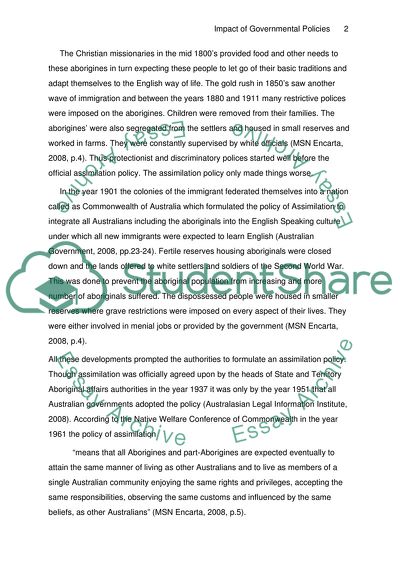Cite this document
(Analysis of Present Indigenous Health Status Report, n.d.)
Analysis of Present Indigenous Health Status Report. https://studentshare.org/health-sciences-medicine/1548051-indigenous-studiesbachelor-of-nursing
Analysis of Present Indigenous Health Status Report. https://studentshare.org/health-sciences-medicine/1548051-indigenous-studiesbachelor-of-nursing
(Analysis of Present Indigenous Health Status Report)
Analysis of Present Indigenous Health Status Report. https://studentshare.org/health-sciences-medicine/1548051-indigenous-studiesbachelor-of-nursing.
Analysis of Present Indigenous Health Status Report. https://studentshare.org/health-sciences-medicine/1548051-indigenous-studiesbachelor-of-nursing.
“Analysis of Present Indigenous Health Status Report”. https://studentshare.org/health-sciences-medicine/1548051-indigenous-studiesbachelor-of-nursing.


